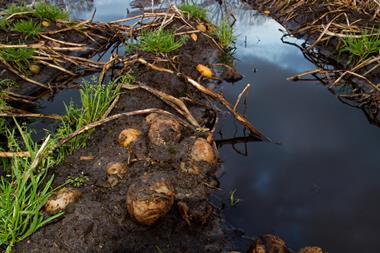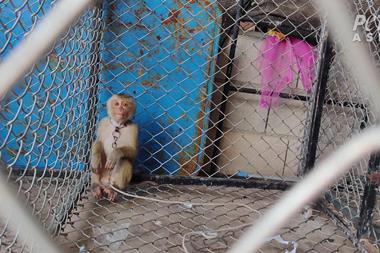The sausage sector has the potential to save up to 20% across the entire supply chain, a study has revealed.
The case study, published by the Food Chain Centre and the Red Meat Industry Forum, looked at all parts of the supply chain involving Tesco and its pork suppliers.
Martin Grantley-Smith, director with RMIF, said it had found a great deal of scope for improvement in supply chain efficiencies. “There were a number of quick wins, things that could be easily done, from processing defects and getting things right first time to longer term solutions.”
The report, part of a lean thinking guide called Cutting Costs - Adding Value in Red Meat, highlights the fact that simply eliminating waste from losses and defects in the chain amounted to savings of 20%.
Grantley-Smith said the length of time and distance sausages spend in the chain also presented an opportunity to make savings. Products on average travel up to 500 miles and spend 31 hours in transit. “There’s an opportunity to reduce that and make savings.”
Availability was also low, at 95%, he added.
Key priorities include improving pig production systems, using technology to assess the value of animals more accurately and production lines that cut handling.
Richard Horsham, Tesco’s senior buying manager, said the study had shown the potential of improved co-operation: “We’re considering applying this approach to other products.”
Grantley-Smith added: “We’d like to think the findings are applicable to other supply chains. Tesco is a model of good practice but even if Tesco is not getting it right, there has to exist plenty of opportunity for others to improve.”
The case study, published by the Food Chain Centre and the Red Meat Industry Forum, looked at all parts of the supply chain involving Tesco and its pork suppliers.
Martin Grantley-Smith, director with RMIF, said it had found a great deal of scope for improvement in supply chain efficiencies. “There were a number of quick wins, things that could be easily done, from processing defects and getting things right first time to longer term solutions.”
The report, part of a lean thinking guide called Cutting Costs - Adding Value in Red Meat, highlights the fact that simply eliminating waste from losses and defects in the chain amounted to savings of 20%.
Grantley-Smith said the length of time and distance sausages spend in the chain also presented an opportunity to make savings. Products on average travel up to 500 miles and spend 31 hours in transit. “There’s an opportunity to reduce that and make savings.”
Availability was also low, at 95%, he added.
Key priorities include improving pig production systems, using technology to assess the value of animals more accurately and production lines that cut handling.
Richard Horsham, Tesco’s senior buying manager, said the study had shown the potential of improved co-operation: “We’re considering applying this approach to other products.”
Grantley-Smith added: “We’d like to think the findings are applicable to other supply chains. Tesco is a model of good practice but even if Tesco is not getting it right, there has to exist plenty of opportunity for others to improve.”










No comments yet